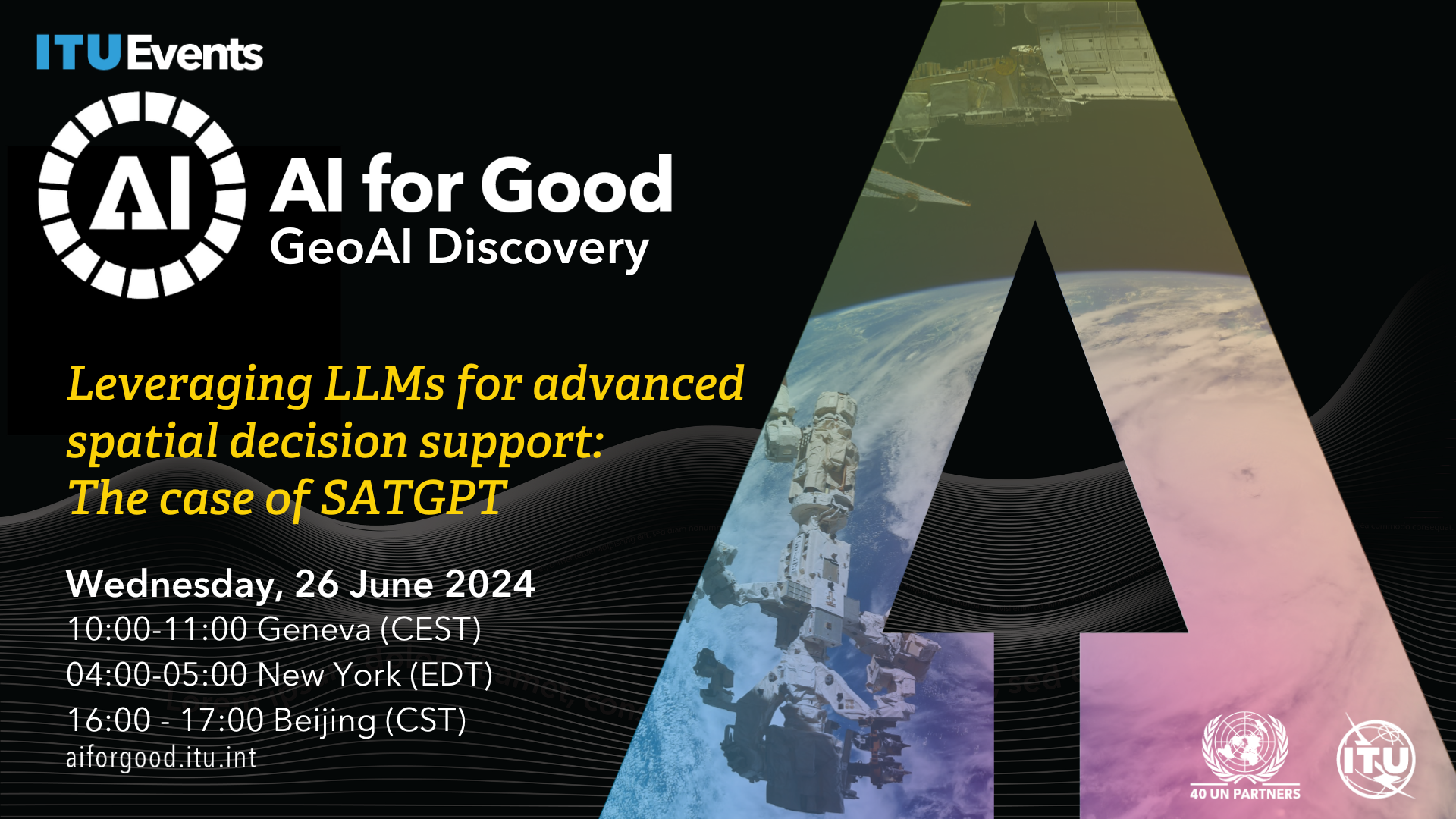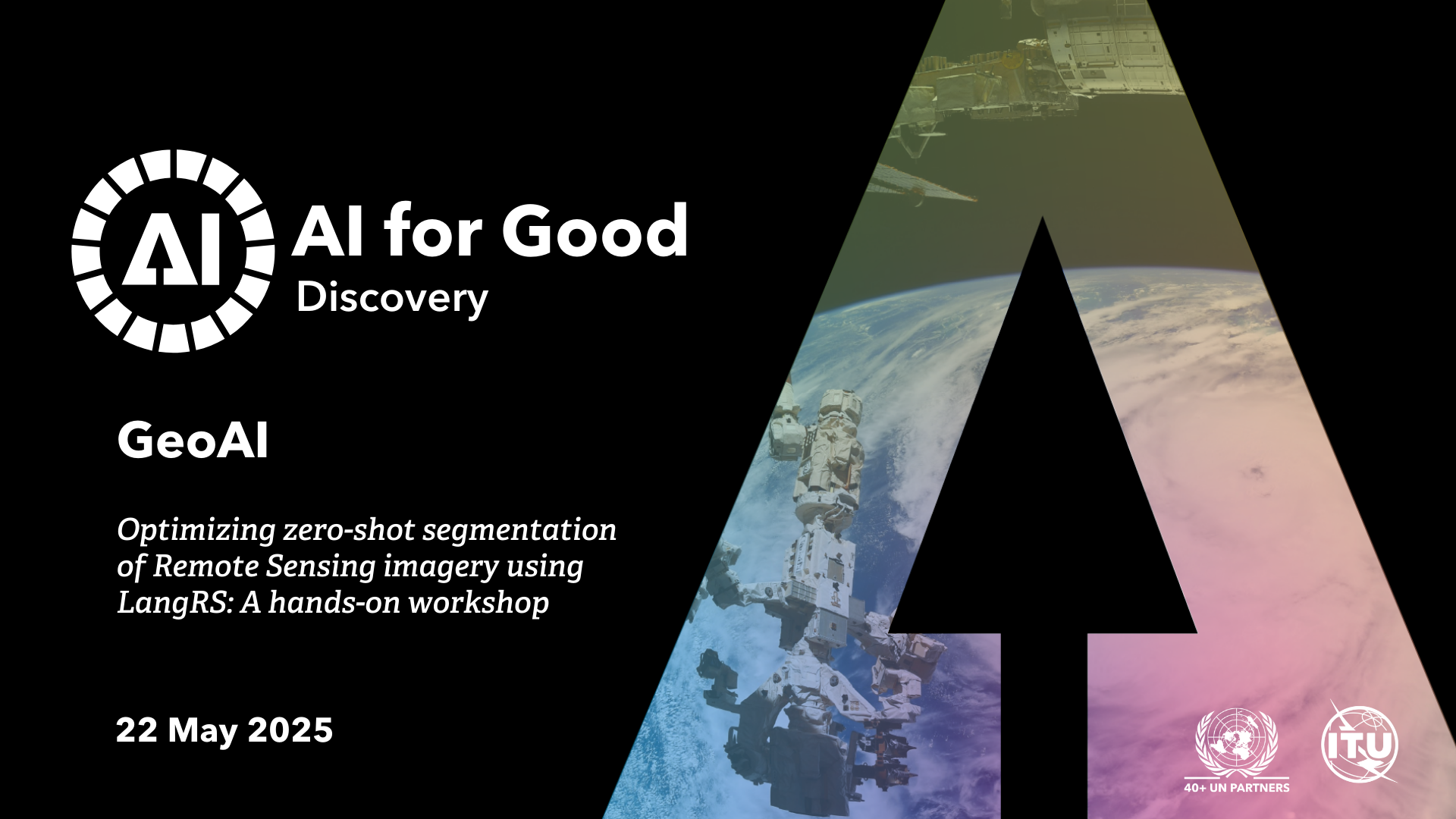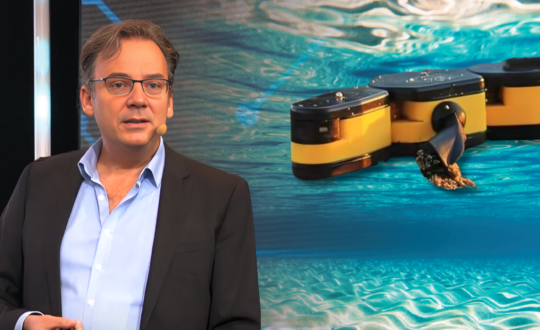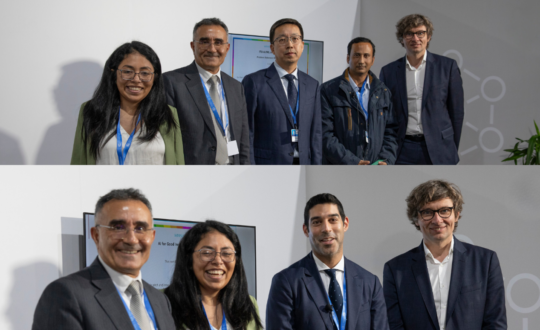
Large Language Models (LLMs) have revolutionized numerous aspects of modern life, demonstrating remarkable capabilities in language processing, code generation, and knowledge synthesis. Their potential extends to supporting the achievement of various Sustainable Development Goals (SDGs), offering innovative approaches to tackling complex global challenges. One promising application area is the mapping and monitoring phenomena measurable through Earth Observation (EO) data. It’s estimated that around 40 of the 169 SDG targets and 30 of the 232 SDG indicators could benefit from the insights provided by the EO data analysis. The use of artificial intelligence (AI) for EO data analysis can further improve the number of SDG indicators that can be monitored with a higher accuracy and frequency.
In this context, research is underway to develop multimodal LLMs capable of directly processing EO data. However, these models are often computationally expensive to train, develop, and maintain, making them less feasible for low-capacity, high-risk countries that urgently need technological solutions for disaster mitigation. To address this challenge, we introduce SATGPT (accessible at satgpt.net), an innovative solution that leverages the current capabilities of LLMs and integrates them with cloud computing platforms and EO data. SATGPT represents a fully functional, innovative spatial decision support system designed for rapid deployment, particularly in resource-limited contexts.
This webinar presents an instance of SATGPT configured for flood mapping, as an example. It simplifies the process with a user-friendly interface requiring only a prompt specifying flood duration and location. SATGPT leverages LLMs to generate GEE code dynamically, access historical databases, or perform unsupervised classification to detect flooded areas. This innovative integration of LLMs with GEE enhances the speed, accessibility, and real-time capabilities of flood mapping, making it more accessible to non-specialists and supporting resilient disaster management practices.
Furthermore, to build the capacity to use these technologies effectively, the talk discusses the development of an online, free, and self-paced course titled “Introduction to Geospatial Data Analysis with ChatGPT and Google Earth Engine.” This course introduces participants to the fundamentals of ChatGPT and the Earth Engine Code Editor platform, empowering them to process and interpret geospatial data effectively outside the SATGPT. The innovative aspect of the course is developing the Geo-prompt engineering (GPE) concept, which focuses on using spatial, temporal, and satellite sensor-specific information in the prompt engineering process. The course aims to foster broader adoption of SATGPT and similar tools, equipping users with the knowledge and skills needed to leverage advanced technologies in disaster management. This talk is structured to provide a comprehensive overview of SATGPT and its contribution to enhancing flood mapping and disaster management in the Asia-Pacific region.










